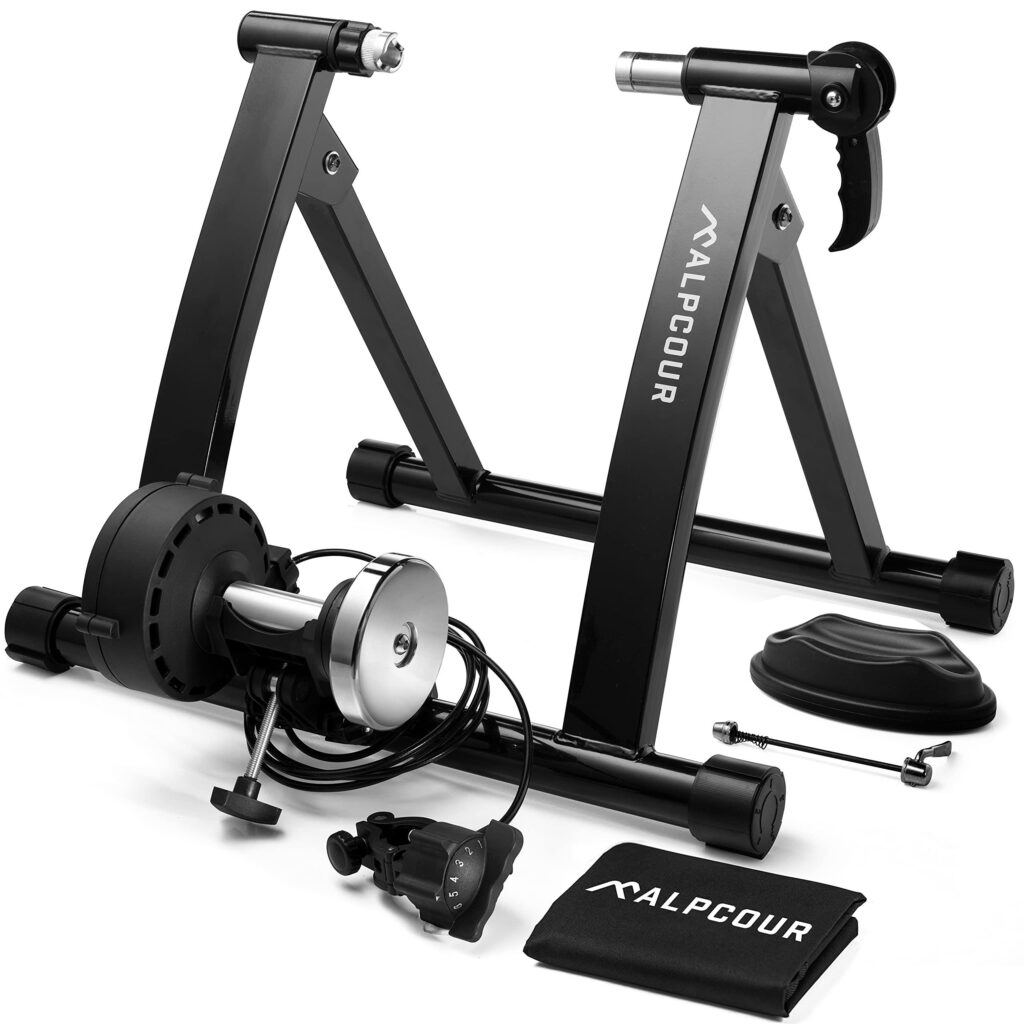As winter descends, cycling enthusiasts face the dual challenge of maintaining their fitness while safeguarding their prized bikes from the rigors of indoor training. With temperatures plummeting and outdoor rides becoming increasingly treacherous, many cyclists are turning to indoor trainers as a reliable alternative. However, while these machines offer the convenience of year-round training, they also pose unique risks to the integrity of the bike, including wear and tear from prolonged use and environmental factors present in home settings. In this article, we explore essential strategies to protect your bike during those long indoor sessions this winter, ensuring that your cycling experience remains both enjoyable and hassle-free.
Understanding Indoor Trainer Wear and Tear
When using an indoor trainer, cyclists often overlook the impact on their bike’s components. The repetitive motion, combined with the heat generated during workouts, accelerates wear on various parts of the bike. Chains, cassettes, and tires are particularly vulnerable, as they experience increased friction from the consistent pressure applied during training sessions. It’s essential to monitor these components regularly and address any signs of wear before they lead to more significant issues. Consider checking the following:
- Chain wear: Use a chain checker tool to evaluate stretch.
- Tire condition: Look for flat spots or cracking.
- Cassette damage: Inspect for uneven wear on the teeth.
Moreover, sweat is another enemy of your bike when it comes to indoor training. The moisture can seep into moving parts, leading to rust and corrosion if not properly managed. A protective sweat guard can mitigate this risk by acting as a barrier between your bike and perspiration. If you want to dive deeper into maintaining your bike, keep handy a list of routine checks to perform after every few sessions:
| Component | Check Frequency |
| Chain | Every 2 weeks |
| Tires | Weekly |
| Cassette | Monthly |
Essential Maintenance Tips for Year-Round Indoor Cycling
To ensure your indoor cycling experience remains smooth and effective throughout the cold months, regular maintenance of your bike is crucial. High humidity and low temperatures can lead to rust and other wear and tear. Here are some essential maintenance tips:
- Keep it Clean: Regularly wipe down your bike with a damp cloth to remove sweat and dust, especially around the chain and gears to prevent corrosion.
- Lubricate Moving Parts: Apply chain lubricant every few weeks to keep your bike operating smoothly. This is especially important in winter when grime can accumulate.
- Inspect Tires: Make sure your tires are properly inflated and check for any signs of wear. Lower temperatures can decrease tire pressure.
- Check the Trainer Setup: Ensure that your bike is securely mounted on the trainer. Regularly check the stability and adjust any components as needed.
Moreover, consider investing in protective accessories that can enhance your biking experience and prolong the longevity of your equipment. Some recommended items include:
- Trainer Mat: A mat can protect your floor and absorb vibrations, making your cycling sessions quieter and more comfortable.
- Fan: Keeping a fan nearby will not only help you stay cool but can also reduce humidity buildup, which is beneficial for the bike.
- Bike Cover: If your bike will be stored away, a protective cover can shield it from dust and moisture.
Choosing the Right Accessories for Enhanced Protection
When it comes to safeguarding your bike during indoor training sessions, selecting the right accessories can make a significant difference in protecting your investment. One essential item is a quality floor mat. It not only serves as a protective barrier between your bike and the floor but also absorbs vibrations and sound, making your workouts quieter. Additionally, consider using a bike cover if your indoor environment is prone to dust or moisture. This will prevent dust accumulation on your bike’s components, ensuring optimal performance.
Another crucial aspect of protection is the use of frame protectors and rubber feet for your trainer. Frame protectors help prevent scratches and wear on your bike’s frame, while rubber feet can secure your trainer in place, allowing for more confidence during high-intensity sessions. Finally, don’t overlook a smart trainer with built-in safety features-these often include mechanisms to detect and mitigate risks associated with intense riding. Investing in these accessories will not only prolong the life of your bike but also enhance your overall training experience.
Closing Remarks
As indoor cycling grows in popularity, so does the need to ensure that your bicycle remains in top condition during winter months. By following the precautions outlined in this article-ranging from using a protective bike cover to maintaining optimal humidity levels in your training space-you can safeguard your investment from the unique challenges posed by indoor environments.
With the right strategies in place, cycling enthusiasts can continue to enjoy their training sessions without the worry of equipment damage, ensuring a smooth ride whenever they jump on their bike. As you prepare for your winter workouts, remember that a little extra care can go a long way toward preserving the longevity and performance of your bicycle. So gear up, stay safe, and pedal on-your spring rides will thank you for it.











